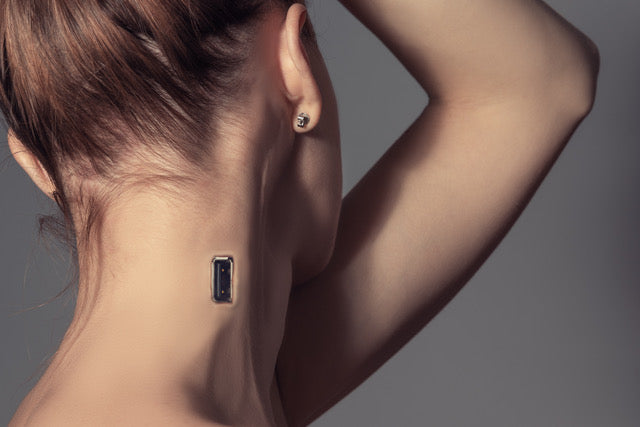TITS ABOUT TIME TO CHECK YOUR BREASTS

October is Breast cancer awareness month. Breast cancer is a disease in which cells in the breast grow out of control, and it’s the most common cancer among women (excluding non-melanoma skin cancers).
While breast cancer is typically localized to the chest, it may spread beyond the breast through blood vessels and lymph vessels.
What causes breast cancer?
While there is no simple answer to what causes breast cancer, your risk for breast cancer can be due to a combination of factors. It’s important to note that having a risk factor does not necessarily mean you’ll get breast cancer, just as the absence of any risk doesn’t guarantee exemption.
Some common risk factors:
- Age: Most breast cancers are diagnosed after age 50.
- Genetic mutations: Some inherited genes may put you at higher risk.
- Reproductive history: Those who started their periods before age 12 or ended their periods later are exposed to hormones longer, increasing their risk.
- Having dense breasts: This means more connective tissue than fatty tissue, which can make it difficult to detect tumors on a mammogram.
- History of breast cancer: Those who have already had breast or ovarian cancer or have a family history of it have a higher risk.
- Previous radiation therapy. Those who have had radiation therapy to the chest or breasts before age 30 also have a higher risk.
Some lifestyle factors that can also attribute to breast cancer risk include:
- Exercise: Those who are not physically active.
- Obesity: Those who are overweight after menopause.
- Hormones: Some forms of hormone replacement therapy taken during menopause can raise the risk for breast cancer when taken for more than five years.
- Birth control: Certain oral contraceptives have also been found to raise breast cancer risk.
What to look for?
Breast cancer symptoms can vary, and some people may not have any signs or symptoms at all. Some common breast cancer symptoms include:
- A lump in the breast or armpit
- Thickening or swelling of the breast
- Irritation or dimpling of breast skin
- Redness or flaky skin in the nipple or breast area
- Pulling in of the nipple
- Nipple discharge other than breast milk (including blood)
- Change in the size or the shape of the breast
- Breast or nipple pain
Keep in mind that these symptoms can also be the result of conditions other than breast cancer as many conditions can cause lumps in the breast, including cysts. If you’re ever uncertain, consult your doctor.
Breast cancer screenings
Breast cancer screening means regularly checking for cancer even if there are no signs or symptoms. Although screenings cannot prevent breast cancer, they can help detect breast cancer early when it is easier to treat. Below are the different types of screenings for breast cancer.
Clinical breast exam
A clinical breast exam is done by a doctor or nurse using their hands to feel for lumps or other irregularities. It’s recommended that a clinical breast exam be performed every one to three years once you turn 20, and then every year starting at 40.
Mammograms
As you get older, a clinical breast exam alone will not be enough and should be paired with a mammogram, which is an X-ray of the breast. Mammograms can also help detect breast cancer early when it is easier to treat and before it is big enough to feel or cause symptoms. While there is a lower risk for breast cancer for most under 50, you can start getting mammograms as early as 40. Depending on when you start getting mammograms, you would get them either annually or every two years. Discuss with your doctor the best option for you.
Breast MRI
Using magnets and radio waves to take images, a breast MRI is used in conjunction with mammograms to screen those who are at high risk for getting breast cancer.
Breast self-screen
Lastly, what you can do on your own is be familiar and well-acquainted with your breasts - knowing how they look and feel can help you notice any irregular symptoms such as lumps, pain, or changes in size that are of concern.
Remember, you know your body best, if you’re worried at all about any signs or symptoms, consult your doctor to keep abreast of your health.



